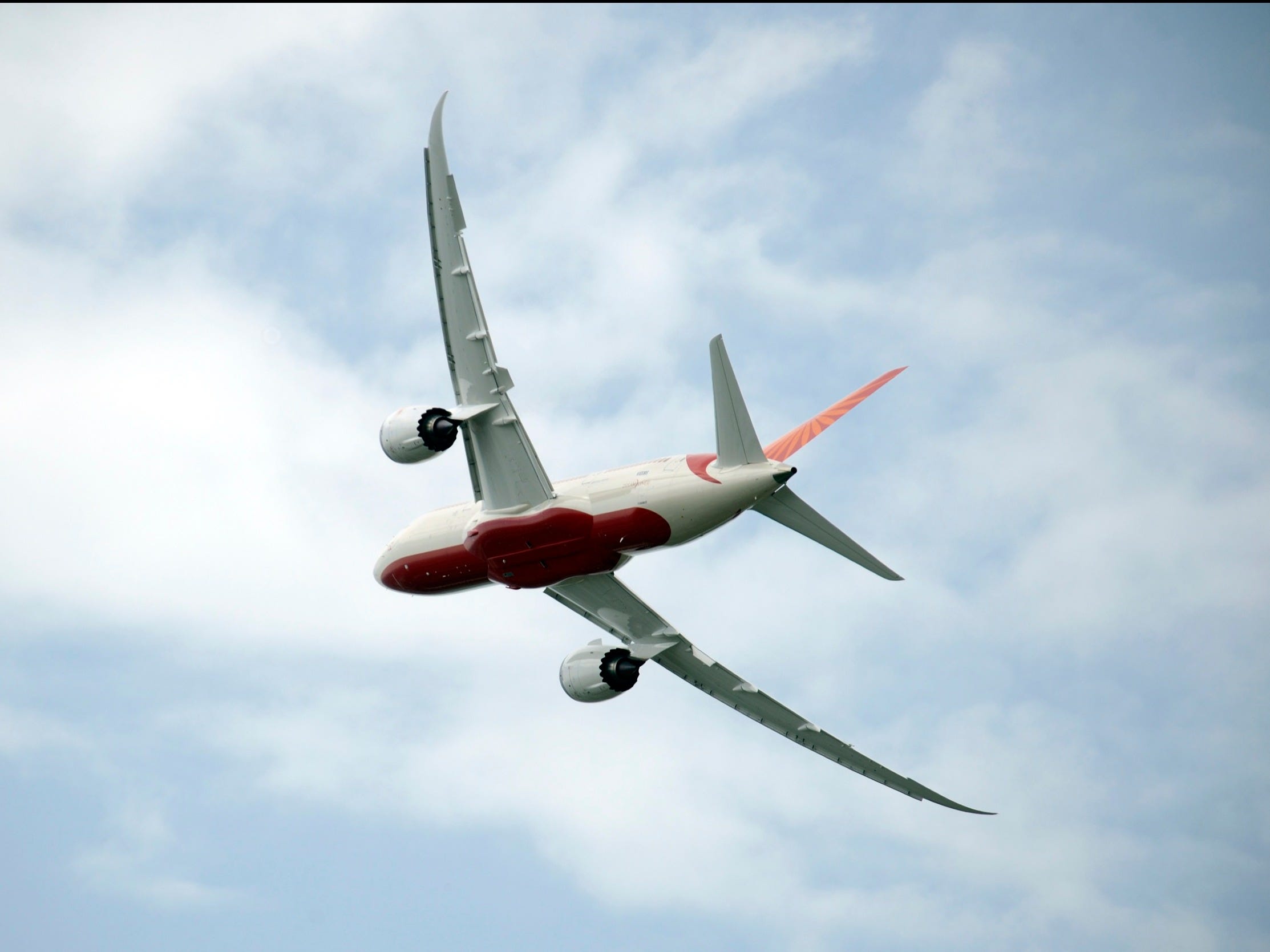- Reports of in-flight incidents due to the coronavirus have filled the Aviation Safety Reporting System’s database since March.
- At least eight reports detail how some pilots have struggled to adjust to a new flying reality that includes empty flights and lighter aircraft.
- The most common problems stem from aircraft ascending and descending too quickly, as well as pilots losing their skills after being grounded for so long.
- Visit Business Insider’s homepage for more stories.
Pilots taking to the skies during the pandemic are adapting to a new reality that includes flying empty planes and going long stretches without being at the controls. The result has been numerous safety issues in the nation’s skies with the Federal Aviation Administration stepping in to warn carriers about the new dangers, according to Bloomberg.
Over 50 warnings were sent to air carriers in May alone, Bloomberg reported, as data from prior months was analyzed.
Since March, at least eight safety reports were filed to the Aviation Safety Reporting System by pilots stemming from in-flight incidents. The NASA-run program collects voluntary safety reports from aviation workers in different roles.
Coronavirus led to one of the largest reductions in US air travel since 2001 with daily passengers dropping below 90,000 at its lowest, according to the TSA. Reports of single-passenger and even ghost flights came as the government sought to maintain air connectivity at its pre-pandemic levels.
Excess aircraft were sent to boneyards around the country and pilots were furloughed or found themselves sitting on reserve for extended periods of time. Incidents since March revealed a series of safety issues resulting from pilots flying lighter than normal aircraft weights and losing their skills from excessive downtime.
Take a look at some of the pandemic-related incidents reported to NASA by pilots since the start of the pandemic.
COVID-19 has been a contributing factor in at least eight in-flight incidents reported by pilots to the Aviation Safety Reporting System since March.

Source: Aviation Safety Reporting System
The incidents weren't a result of pilots or passengers having the virus themselves but the economic and mental impacts of the virus.

Source: Aviation Safety Reporting System
A common problem was pilots experiencing a decrease in their flying skills after being inactive for so long.

Source: Aviation Safety Reporting System
A flight crew flying a passenger aircraft both admitted "rustiness" played a role in their altitude being too high while on an approach to an airport with which they had little experience.

Source: Aviation Safety Reporting System
The first officer in that event hadn't flown the jet he'd be assigned to since late 2019 and had less than 100 hours on it but was still assigned to the flight without any refresher training beforehand.

Source: Aviation Safety Reporting System
On another flight, a first officer reported that safety issues are being viewed differently in light of the pandemic.

Source: Aviation Safety Reporting System
A flight crew noticed one cockpit light wasn't working and instead of reporting it, they determined to carry out the flight as normal.

Source: Aviation Safety Reporting System
In the report, the crewmember wrote: "The actions by the flight crew are a direct result of unprecedented times amidst the COVID-19 pandemic forcing crews to analyze safety in a new way and juggling decisions in an attempt to find a positive outcome."

Source: Aviation Safety Reporting System
Another first officer who was fresh from classroom training at their air carrier was concerned about the gap between his training and actual flying time, known as an Initial Operating Experience.

Source: Aviation Safety Reporting System
The flying schedule, according to the first officer, was too limited to accommodate training for new pilots which would lead to losing skills and knowledge when it actually came time to fly.

Source: Aviation Safety Reporting System
Some pilots are also struggling to adjust to the lower weights of their aircraft due to a lack of passengers.

Source: Aviation Safety Reporting System
One common problem is that lighter aircraft can climb and descend faster than fully loaded aircraft.

Source: Aviation Safety Reporting System
This can lead to pilots overshooting assigned altitudes and tail strikes on takeoff, as they are used to the aircraft being a certain weight when manually flying.

Source: Aviation Safety Reporting System
One report cited a pilot exceeding an assigned altitude during a go-around, which is a sensitive procedure as it often occurs in the final stages of landing when the aircraft is close to other departing or arriving aircraft.

Source: Aviation Safety Reporting System
Some planes are also climbing too fast for the aircraft systems to keep up with one incident detailing that a pressurization warning appeared during a rapid ascent on a flight with low passenger and cargo weights.

Source: Aviation Safety Reporting System
Air traffic controllers also need to take this into account when giving climb and descent instructions, as they misjudge the separation between two aircraft vertically.

Source: Aviation Safety Reporting System
A routine flight saw two aircraft come into close proximity, despite being controlled by air traffic control, with the onboard Traffic Collision and Avoidance System alerting one aircraft to climb.

Source: Aviation Safety Reporting System
The first officer had to manually take control and climb the aircraft. There were two instances of near-collisions in the past three months from the database.

Source: Aviation Safety Reporting System
When taking off with around five passengers onboard, the low weight of one aircraft led pilots to climb too quickly and incorrectly fly a departure procedure.

Source: Aviation Safety Reporting System
Mental distress caused by concerns of the coronavirus is also impacting some pilots.

Source: Aviation Safety Reporting System
"Crew debriefed extraordinary threats to mental distraction due to Coronavirus events," one narrative in the report stated. "Captain had flown 5 straight days and was further distracted by family situation involving extraordinary airline operations."

Source: Aviation Safety Reporting System
The crew had been flying an encountered a go-around on their first approach to an airport at nighttime and a terrain proximity warning on their second approach.

Source: Aviation Safety Reporting System
Complaints about COVID-19 related issues also came from other frontline aviation workers including air traffic controllers, ramp agents, and flight attendants.

Source: Aviation Safety Reporting System
A common gripe from flight attendants was the lack of adequate cleaning supplies stocked onboard aircraft and concerns about sharing jumpseats in the cabin.

Source: Aviation Safety Reporting System
Ramp workers mostly complained about having to share equipment such as headsets used to communicate with aircraft.

Source: Aviation Safety Reporting System
Air traffic controllers were also submitting multiple complaints, with some stemming from social distancing issues at their facilities.

Source: Aviation Safety Reporting System
March saw numerous air traffic control facilities closed for cleanings when personnel tested positive for COVID-19.

Airports across the country briefly went uncontrolled or air traffic controllers had to retreat to back-up facilities.

Some reports complained about a lack of social distancing and said that facilities weren't doing enough to enforce the practice.

Source: Aviation Safety Reporting System
Another concern was the lack of communication between technicians due to social distancing as they were more spread apart from each other, hindering communication.

Source: Aviation Safety Reporting System

